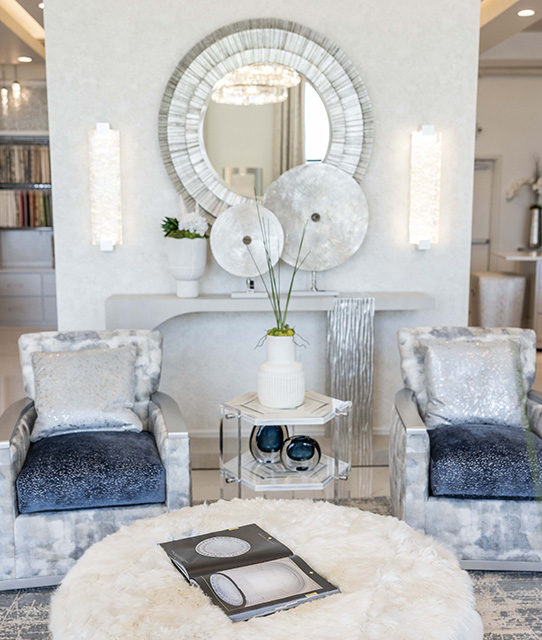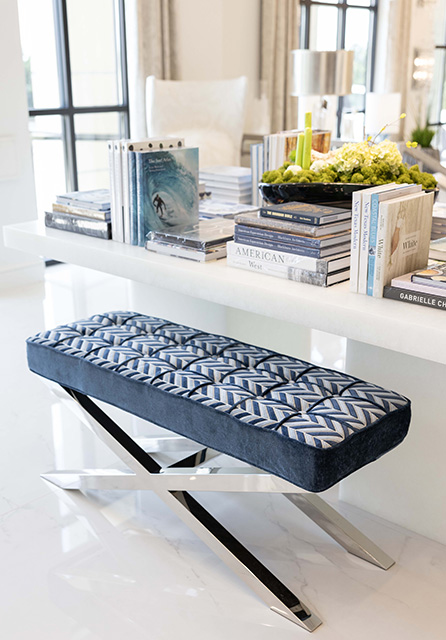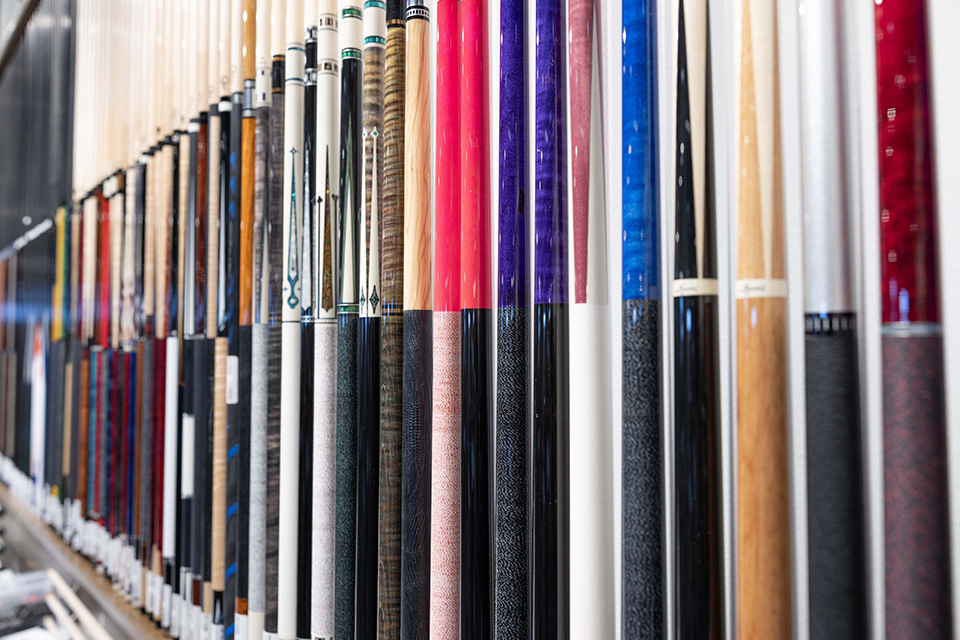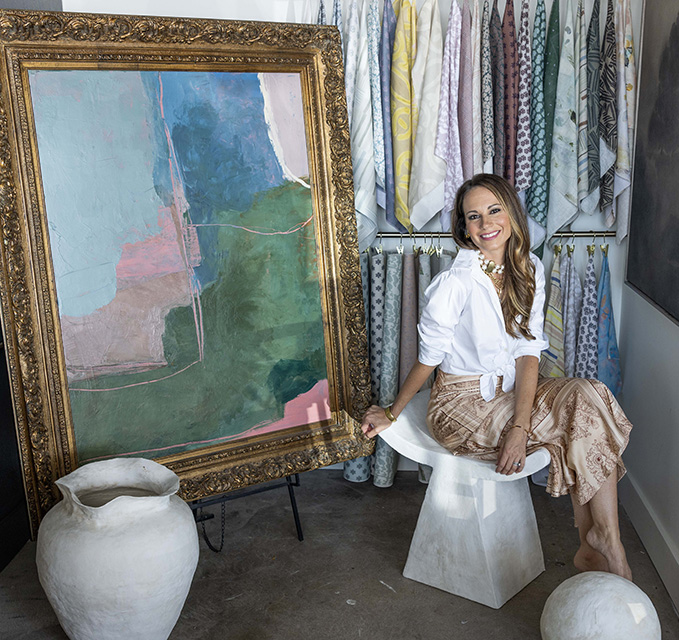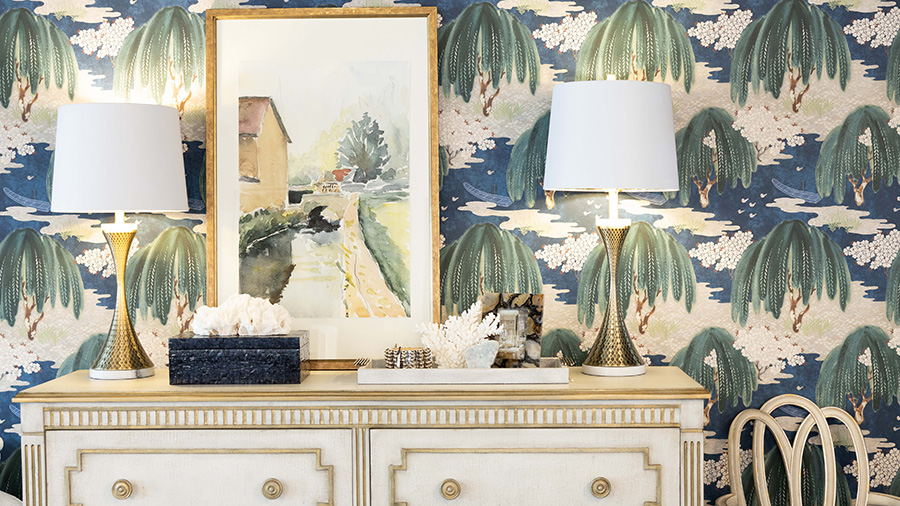
West Vickery Boulevard emerges as Fort Worth’s new design hub
By Rachael Lindley
Photography by Jill Johnson
There’s no gateway, no economic development organization driving interest, and no officially designated name for any sort of district. Indeed, when 360West first sought to identify why design firms continue to accumulate along a five-mile stretch of West Vickery Boulevard in west Fort Worth, our first question was, how do we characterize this?
Some of the street’s tenants are more than happy to call West Vickery a budding design district.
“The design resources here are abundant, and it’s situated at the cross-section of some of Fort Worth’s greatest jewels,” the designer Brenda Blaylock, who opened her Haus of Blaylock last year near the intersection of Montgomery Street and West Vickery Boulevard on the corridor’s eastern end, said. She points, for one, to nearby shopping centers such as University Park Village and The Shops at Clearfork and proximity to TCU.
“I wanted a location that was not only rich in resources, but also accessible to all of Fort Worth,” Blaylock said. “This spot on West Vickery perfectly fits that vision.”
”History of West Vickery
— Rachael Lindley
The thoroughfare is named for Richard L. Vickery, an English immigrant who came to the United States in 1870. Vickery originally settled in Wisconsin to work in lumber, but made his way to Waxahachie and worked as a confectioner when he began buying and selling Fort Worth real estate.
For whatever reason, design firms have increasingly opened on, or moved onto, West Vickery in recent years. 360West counted at least 35 in construction, homebuilding, building materials, interiors and art, and a dozen more in consumer design fields such as apparel and accessories. For decades, West Vickery has been populated by modest industrial, automotive, retail and office buildings. The street’s appeal as a location received a boost 10 years ago by the opening of the Chisholm Trail Parkway, which absorbed a number of properties on West Vickery for right of way, but also opened up access, primarily at Montgomery Street.
Transition in other commercial districts, such as on Montgomery around Dickies Arena, has pushed some design tenants onto West Vickery. Rents and real estate acquisition costs on the street have been rising, but remain low relative to popular commercial districts in the city where these sorts of firms might locate, said Jill Black, whose family has owned commercial property and been a substantial landlord on West Vickery since 1973, when her father, Loftin Witcher, built the shopping center that took in Swiss Pastry Shop as its tenant. Witcher died in 2019, but the family still owns the shopping center and six other properties on the street and continues to be the pastry shop’s landlord.
The street’s lower rents have facilitated the development of a number of mom-and-pop tenants who’ve been able to set their own hours without pressure of having to be open all the time, Black said. Some commercial properties, including Black’s 76107 Collective in the same shopping center as Swiss Pastry Shop, have cast themselves as co-working spaces that are landlords to multiple small firms, facilitating the growth of the entrepreneurial design sphere.
“A lot of the business is social media-oriented,” said Black, who has started a business, Amada, that sells Mexican glassware from a space in 76107 Collective.
Much of the new tenant move-ins have occurred within existing and remodeled spaces, such as Blaylock’s. But some property on West Vickery has turned over for newly built spaces.
Susan Semmelmann in her Susan Semmelmann Interiors shop on West Vickery
Susan Semmelmann, designer and owner of Semmelmann Interiors, Fort Worth Drapery and Fort Worth Design Studio, built a new complex on West Vickery and celebrated its grand opening earlier this year.
“We picked West Vickery because it’s an emerging design district,” she said. “There are many incredible businesses that offer design resources, products and services, so we’re in good company.”
Black says the street has its limitations, but she likes its feel as an entrepreneurial district dominated by locally owned, small firms.
“I don’t see West Vickery becoming a walkable destination, like West Magnolia Avenue,” she said. “But I think there is definite potential for more industrial-style development.”
Becky Mingle is another newcomer, having opened her Davis Vintage Decor last December on the street. Mingle had looked at a spot on Camp Bowie, but its rent was considerably higher, and she wanted the flexibility to open by appointment only (she’s since started to hold more consistent retail hours) and be able to travel to buy merchandise for the store. She also likes her new location’s access to highways and other key shopping centers that have design resources, like Clearfork.
“This is a highly trafficked street,” Mingle said. “Because of the easy access to I-30 and I-20, you end up with a lot of people traveling up and down this road.”
A number of the businesses that have found themselves on West Vickery are there because of their own growth, or the growth of the city and increasing rents forcing them out of other areas.
Albert Trujillo of Fort Worth Billiards Superstore moved to West Vickery from Montgomery Street, where the store’s rent was about to double.
Fort Worth Billiards Superstore is one. It opened downtown in 1952 and moved to Montgomery Street in 1988, where it remained until Dickies Arena came. Fort Worth Billiards’ landlord told the store its rent would double if it stayed. The store moved to West Vickery in 2019.
“It’s been a good thing,” Albert Trujillo, Fort Worth Billiards president, said. “We’ve seen an increase in traffic compared to our old location. It was very important that we stay on the west side of Fort Worth to stay accessible to our clientele.”
The same was the case with Simple Things Furniture. The Fort Worth staple had been located at University Park Village for 13 years. But the business was growing rapidly and owner Jim Van Antwerp realized a need for more square footage.
“We went from two employees to 20, so aside from a sheer need for more space, we also needed an employee break room and more restrooms,” said Van Antwerp, who moved to West Vickery 13 years ago. “We were premature to the Vickery area but had no lapse in success. We were extremely fortunate that our customers followed us.”
Even though the street has no business development organization like Near Southside Inc., a community has developed, those on the street said.
“We get a lot of business from other shops on our street,” Trujillo said. “With stores like Pierce Hardware, Durango Doors and Susan Semmelmann Interiors, we all direct business to each other.”
Not only are the tenants on West Vickery of the more-the-merrier mindset, they are also open to helping one of their own in times of change.
Heather Essian, in her eponymous shop on West Vickery.
Heather Essian, artist and designer, was not sure she should open a brick-and-mortar store, but she had far outgrown her home studio. Early on in COVID, she first spoke to Black about space in the 76107 Collective.
Black’s original idea was for small businesses to host pop-ups, but since the pandemic was in full swing, she adjusted. She offered the space in the shopping center next to the Collective to Essian on a month-to-month basis for three months. Essian has now been a tenant for three years, and she recently expanded to include custom textiles and wallpaper.
“Working from home, I had never had any overhead cost and I was very nervous to have that,” Essian said. “It was super generous of her to offer that, and it allowed me to commit to three months and reassess after that.”
Those on the street say it has the opportunity to develop Fort Worth flavor and help keep people from shopping in Dallas.
“The growing design district on West Vickery provides an accessible, curated resource for both everyday people and designers alike,” Blaylock said. “Whereas the Dallas Design District caters to a more cosmopolitan, designer-only crowd, West Vickery offers a welcoming environment where everyone can experience great design.”
Van Antwerp, the street’s gray beard, welcomes the company.
“While I love being the outcast all the way down here,” he said, “I welcome anyone who has pioneered onto Vickery.”
— Scott Nishimura contributed to this report


